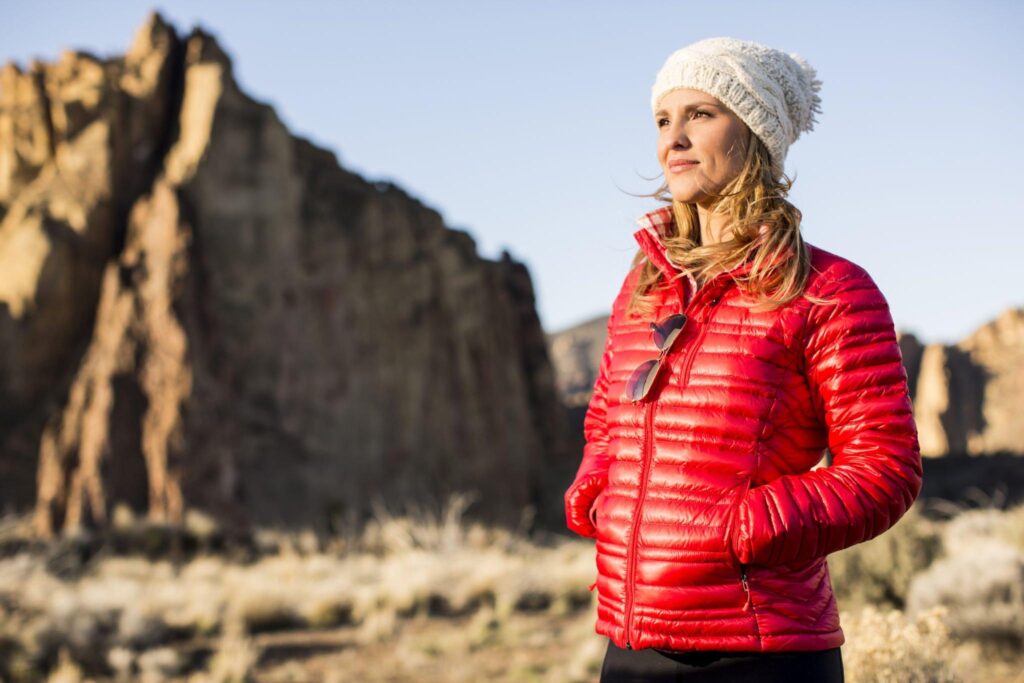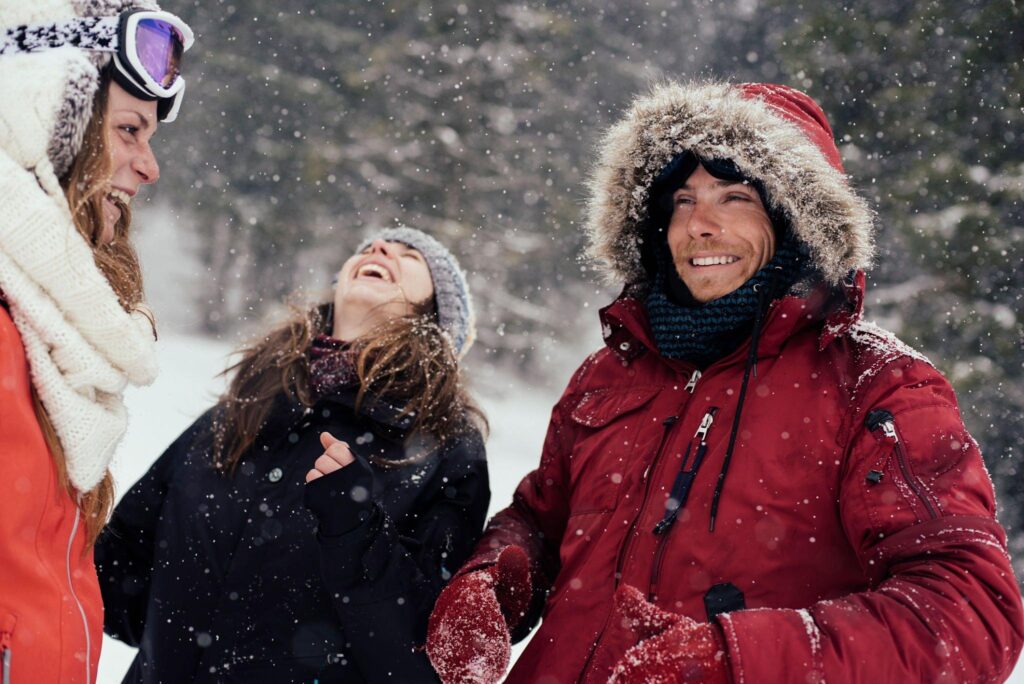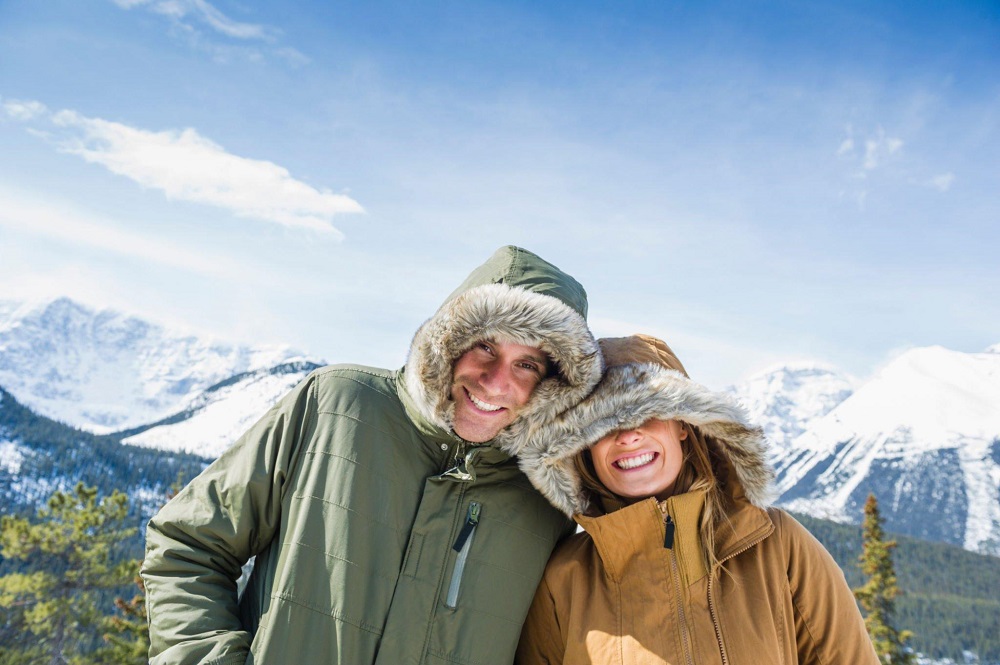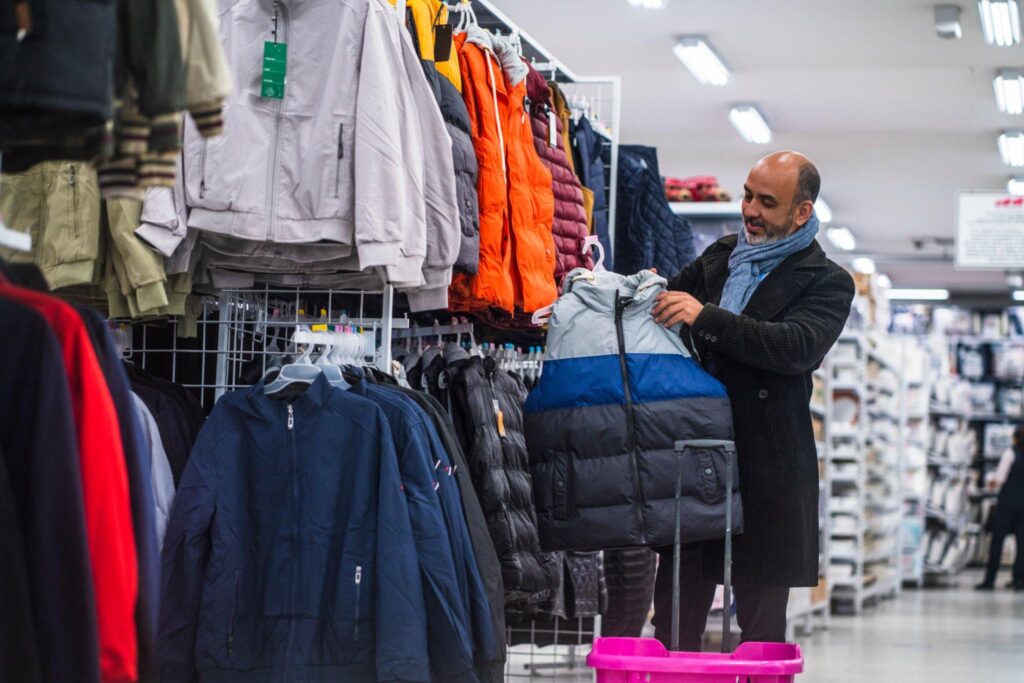Prepare for mountains of snow, temperatures that will plunge well below zero, and arctic wind gusts now that winter has here. We have the best types of winter coats to achieve just that because such intense winter weather necessitates a matching apparel company.
It’s time for a more-than-serious winter jacket type when the trees are naked and the wind has turned bitterly chilly. It might be challenging to find a winter coat that will keep you warm even when the temperature drops well below zero. That shouldn’t deter you from venturing outside, though, even if it’s just for a quick drive-by snow clearing or dinner at a charming restaurant around the block!
That doesn’t imply that we flee the cold; it only means that we must be prepared. Winter clothing must keep you warm, regardless of style or use. Examples include ski coats, winter parkas, bomber jackets, and puffer jackets. In light of this, we’ve compiled a list of some of the top winter jackets.
What Type Of Winter Jackets Are There?
There are many various kinds of winter jackets, and the best one relies on a variety of variables, including the location and intended use of the garment. Below, we’ll go through a few of these winter jackets.
-
Puffer

The insulating material that is sewn into the parts of the jacket that give it a puffy appearance gives puffer jackets their name.
Depending on the caliber, loft, and density of the insulation, a puffer jacket’s “puffiness” varies. The type of insulation—natural or artificial—also makes a difference.
The majority of puffer coats employ synthetic insulation that doesn’t clump when wet, although some use down—a natural, soft fiber taken from geese or ducks for insulating purposes.
To create a recognizable puffy appearance, the insulation or down is typically sandwiched between a face cloth and a lining.
Unlike other jackets that primarily shield you from rain or wind, puffer jackets are made to keep you warm even on the coldest days, making them perfect for winter.
-
Insulated Performance Jacket

During cold weather, an insulated performance jacket lowers the amount of heat you lose to the environment or atmosphere.
An insulated performance jacket’s filling can be made of synthetic insulation, real down, a combination of the two, or both, depending on the jacket manufacturer.
Your body is more insulated by natural down than by manufactured insulation. If you live in a cold, dry region, you’re better off investing in a natural down jacket.
In contrast, synthetic insulation works better in humid, less chilly conditions.
Because they shield their bodies from excessive heat loss to the atmosphere when they are out in the cold, insulated performance jackets are perfect for runners, hikers, and skiers.
-
Synthetic Insulated Performance Jacket

An insulated performance jacket and a jacket made of synthetic insulation are very similar. The key distinction is that down or a combination of down and synthetic insulation is not used in the construction of this type of jacket.
The great overall performance and affordable pricing of synthetic insulation make it a popular choice. It is made of polyester, and the synthetic filling is quick-drying and warm even when wet. In coat vs jackets comparison, they typically weigh more than down coats.
-
Moto jacket

A moto jacket is another great (and stylish!) winter coat for bikers who must ride their motorcycles in the chilly weather. Biker jackets are another name for moto jackets, which are often black and constructed of thick leather jacket material.
-
Fleece jacket

Generally speaking, a fleece jacket is an upper body clothing made of synthetic polyester fleece. You can also use natural wool to create a fleece jacket.
A soft, insulating synthetic fabric called fleece offers good warmth and breathability. Compared to wool, fleece is comparatively lightweight and has a rapid drying time. If the weather is not too chilly or windy, fleece coats can be used as an outer layer. Fleece is a fantastic mid-layer since it helps to keep the body warm.
The high levels of insulation, breathability, stylistic options, and extreme lightness of fleece jackets make them very well-liked. The majority of contemporary fleece jackets employ synthetic fleece since natural wool is bulkier, more expensive, and less water-resistant.
-
Varsity Jacket

Varsity jackets, also known as letter or letterman jackets, have been around for a while and are especially well-liked by college students and academic staff at academic institutions.
Varsity jackets are more common than many think, and not simply among students and academic personnel. They are also frequently worn by non-academic users due to its distinct fashion, cozy insulation, and adaptability for both formal and casual settings.
Which Type Of Jacket Is Warmest?
-
Parka

A parka also referred to as an anorak, is a hooded garment that frequently has faux or genuine fur inside. The traditional material for parka construction among the Caribou Inuit is caribou or seal hide.
Parkas were initially made to keep people warm while kayaking or hunting in the arctic regions’ subzero conditions.
A parka is a great jacket for the winter because of its long length, warm insulation, connected hood, waterproof shell, and protection from the wind, cold, and snow.
Parkas are adaptable jackets that you can wear to work or leisure settings over formal or casual attire.
-
A 3-in-1 jacket

A three-in-one jacket combines two jackets that you may zip together into one for increased warmth and additional weather protection.
You can choose to wear the two jackets separately, one at a time, or zip them together and wear them both, depending on your desire and other elements like how chilly it is. The term “3-in-1” refers to the versatility that provides you with three alternative conceivable wearing possibilities.
The extra garment worn inside is often a fleece jacket, while the first one is waterproof and breathable on the outside (also known as the shell).
For people who desire a variety of winter weather gear without having to take up a lot of closet space to put it all in or for locations where the weather might change fast and without warning, 3-in-1 coats are great.
-
Goose Down Jacket

Ducks and geese provide the natural insulation known as down. In order to give warmth with the best type of jacket for winter, it is positioned in the inner lining of coats.
A down jacket is a garment that has been lined with cozy down feathers. Down is an excellent insulator because its loft (or fluffiness) produces countless tiny air pockets that trap warm air and hold heat, keeping the wearer incredibly comfortable in chilly winter weather.
In addition to being lightweight and compressible, down is also breathable. It is the insulation of choice in cold, dry climates or whenever saving weight and space is of utmost importance. Down jackets are typically utilized as a middle layer in windy and rainy weather. If the climate is severe, outer shells can be worn over a down jacket.
Since down offers the maximum level of warmth, cold, dry regions are where down winter coat types work best. However, because down clumps or breaks apart when it gets wet, they aren’t intended for extremely humid areas.
Winter Jacket Buying Guide: How To Pick A Jacket

Winter jackets come in a variety of styles, and each one serves a different function. In chilly weather, it’s crucial to get the warmest type of jacket. Prior to sharing with you a list of the warmest winter jackets, keep the following recommendations and considerations in mind when making your selection:
What You Need The Jacket: For Understanding why you need the jacket is the first and most crucial step. This will assist you in narrowing down your selection of the best winter coats. You will require different types of winter coats for low-intensity cardio exercises or any other activity in the snow than you would for hiking, skiing, or any other outside activity.
Type of Insulation: When shopping for a jacket for cold weather, you have two options for insulation: down and synthetic. Both of these types of winter jackets have the following characteristics;
- Down: Extremely light, portable, warm, and long-lasting
- Synthetic: More affordable, machine-washable, and waterproof

Types Of Outer Shell: There are two basic types of winter jacket outer shells that you have to choose from when seeking the ideal jacket for winter- hard shell and soft shell. Softshell jackets are water- and wind-resistant, but hard-shell jackets are both. You can select the outer shell of your cold-weather jacket based on your needs.
Lining Material: The part of the jacket that will be in the most immediate touch with your skin is the lining material. This substance aids in keeping the body’s heat in check. As a result, the inside lining of your winter jacket must be chosen based on whether you want to keep it dry, warm, or both.
Adding More Layers Inside: Even when wearing the coldest winter jacket, you may occasionally need to add more layers inside. A jacket that can let you fit extra layers inside is more appropriate. A well-fitted jacket undoubtedly looks more stylish.

Water-Resistant vs WaterProof: Considerations to make while choosing a warm winter coat include whether it is waterproof or water-resistant. With this one, use caution. Water-resistant and waterproof are not the same thing. Waterproof means the garment is approved for heavy rain and extreme snowfall. Water-resistant really just implies that the coat will keep you dry in a light shower.
Breathable fabric: Find a coat that is breathable as well. Avoid becoming overheated! While keeping body heat in its proper place, a breathable coat will allow perspiration to escape through the jacket’s pores. Cool in a way.
Durability: The ideal winter jacket for you should have all three of these characteristics: comfort, style, and utility.
Additional characteristics: A 3-in-1 design, packability, adjustable features, hoods, zippers, and buttons are all desirable qualities. If you prefer extra features like extra pockets to store gloves or a hat, they are indicated with each of our recommendations for different personal preferences. A jacket with a hood can also protect you from the weather and trap more warmth around your head.
Final Words
In this post, we assisted you in locating the ideal types of jackets for winter. We hope you will be able to take into account the numerous criteria for selecting the ideal jacket and identify the one that best fits your needs.







